When it comes to exercise apparel, the choice of fabric can significantly impact performance, comfort, and overall workout experience. While synthetic materials like polyester and nylon have dominated the activewear market, natural fabrics are gaining traction among fitness enthusiasts who prioritize sustainability, breathability, and skin health. In this article, we will explore the best natural fabrics for exercise, examining their unique properties, benefits, and ideal applications.
Understanding Natural Fabrics
Natural fabrics are derived from plant or animal sources, making them biodegradable and often more environmentally friendly than their synthetic counterparts. The most common natural fabrics used in exercise clothing include cotton, linen, hemp, bamboo, and merino wool. Each of these materials has distinct characteristics that cater to different types of workouts and personal preferences.
- Cotton: The Classic Choice
Cotton is perhaps the most widely recognized natural fabric. Its softness and breathability make it a popular choice for casual workouts and everyday wear. However, while cotton absorbs moisture effectively, it does not wick it away from the skin, which can lead to discomfort during intense exercise sessions. For low-impact activities like yoga or walking, cotton can be an excellent option, but for high-intensity workouts, it may not be the best choice.
Pros:
- Soft and comfortable against the skin
- Breathable and lightweight
- Hypoallergenic and suitable for sensitive skin
Cons:
- Absorbs moisture, leading to a heavy and damp feeling
- Dries slowly, which can be uncomfortable during workouts
- Linen: The Breathable Powerhouse
Linen, made from the flax plant, is known for its exceptional breathability and moisture-wicking properties. It is lightweight and has a natural ability to regulate temperature, making it an excellent choice for hot weather workouts. Linen’s unique texture also adds a stylish element to activewear, allowing for versatility in both athletic and casual settings.
Pros:
- Highly breathable and moisture-wicking
- Naturally antimicrobial, reducing odor
- Lightweight and comfortable in warm conditions
Cons:
- Can wrinkle easily, which may not appeal to everyone
- Less stretch compared to other fabrics
- Hemp: The Sustainable Warrior
Hemp is a powerhouse of sustainability and durability. It is known for its strength and resistance to mold and UV rays, making it ideal for outdoor activities. Hemp fabric becomes softer with each wash, providing comfort over time. Additionally, it has natural moisture-wicking properties, making it suitable for various types of exercise.
Pros:
- Extremely durable and long-lasting
- Naturally resistant to mold and UV rays
- Eco-friendly and sustainable
Cons:
- Can be coarse if not blended with softer fibers
- Limited availability compared to other fabrics
- Bamboo: The Eco-Friendly Alternative
Bamboo fabric has gained popularity due to its eco-friendly production process and inherent properties. It is naturally antibacterial, moisture-wicking, and incredibly soft, making it suitable for sensitive skin. Bamboo also has excellent thermal regulation, keeping you cool in summer and warm in winter, which is beneficial for year-round exercise.
Pros:
- Soft and comfortable, similar to silk
- Naturally antibacterial and odor-resistant
- Excellent moisture-wicking and thermal regulation
Cons:
- Production processes can vary, affecting sustainability
- May require special care to maintain its properties
- Merino Wool: The All-Season Champion
Merino wool is often overlooked in the realm of activewear, but it is a remarkable natural fabric for exercise. Unlike traditional wool, merino is fine and soft, making it comfortable against the skin. It excels in moisture management, temperature regulation, and odor resistance, making it suitable for both cold and warm weather workouts. Merino wool is particularly favored for outdoor activities like hiking and running.
Pros:
- Excellent moisture-wicking and temperature regulation
- Naturally odor-resistant
- Soft and comfortable for all-day wear
Cons:
- Can be more expensive than other fabrics
- Requires careful washing to maintain quality
Conclusion: Choosing the Right Fabric for Your Workout
When selecting the best natural fabric for exercise, consider the type of activity, climate, and personal comfort preferences. For low-impact activities, cotton or bamboo may suffice, while high-intensity workouts may benefit from the moisture-wicking properties of hemp or merino wool. Linen is ideal for warm-weather workouts, and its stylish appearance makes it versatile for casual outings.
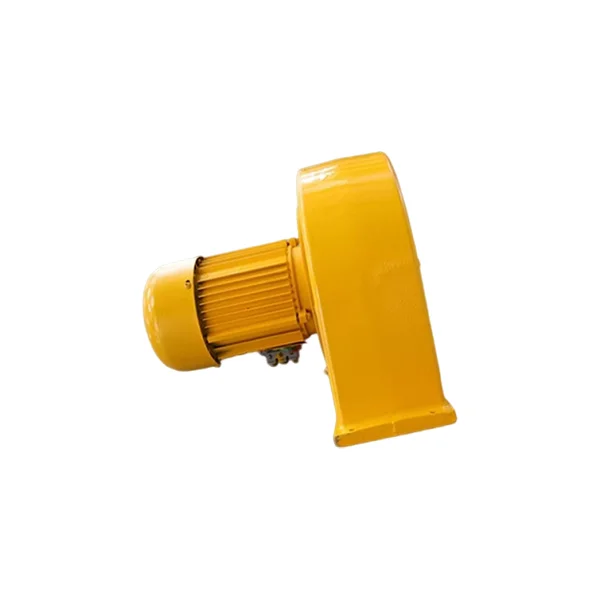
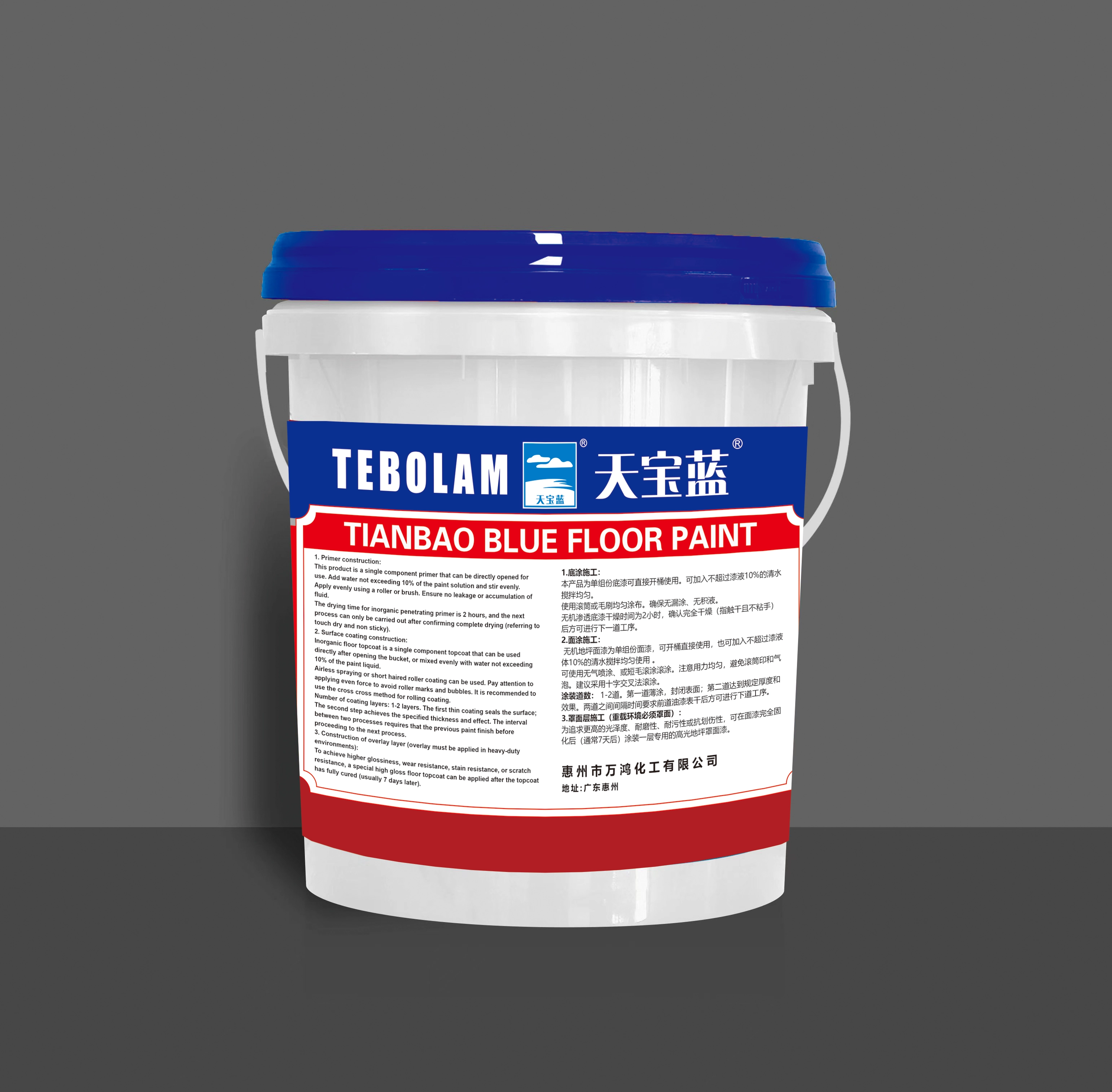
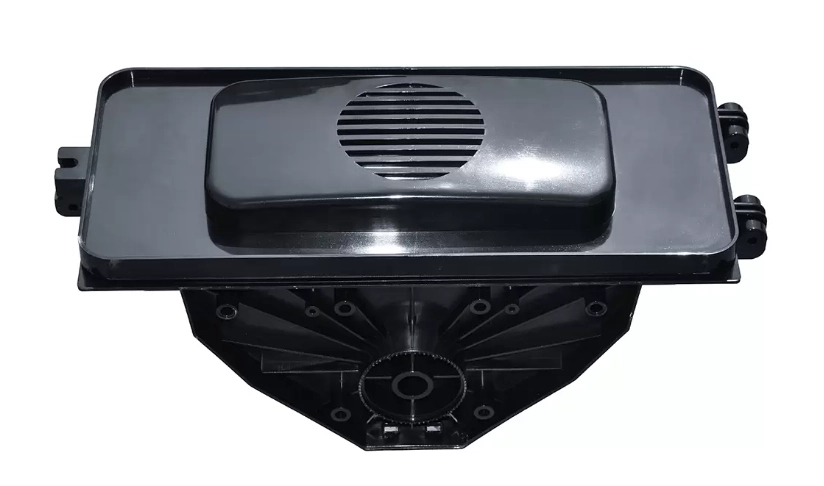


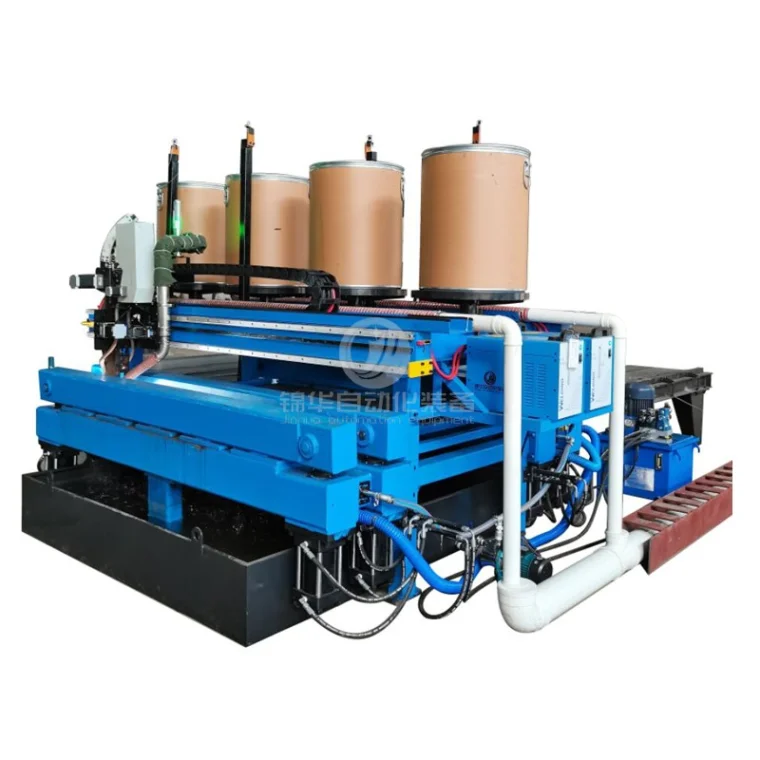
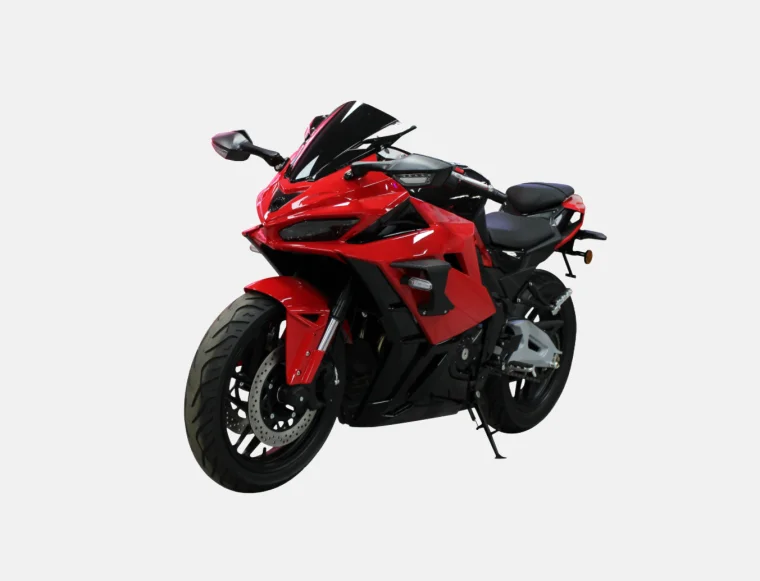
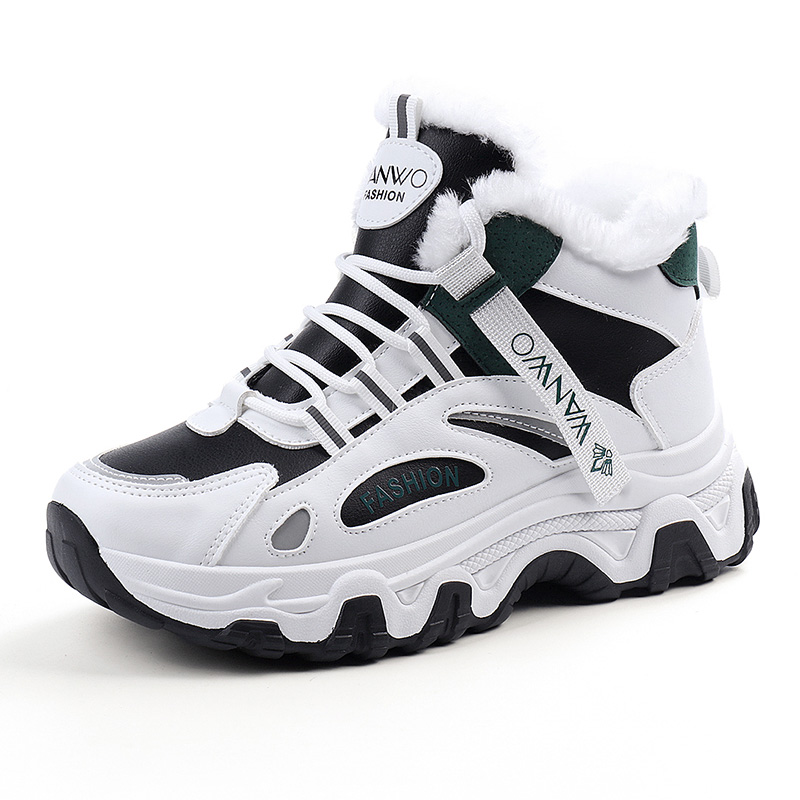
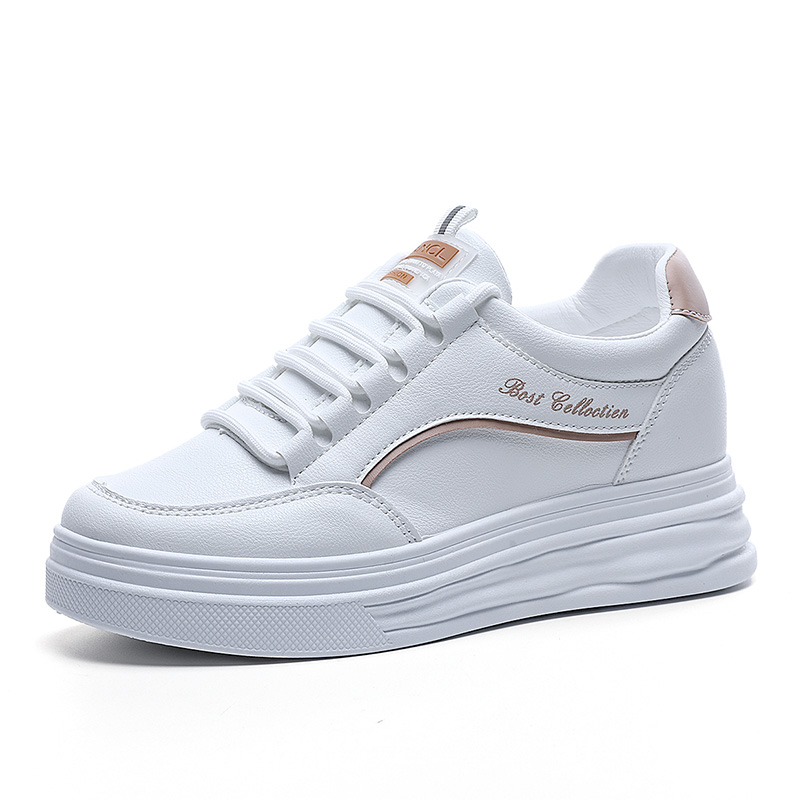
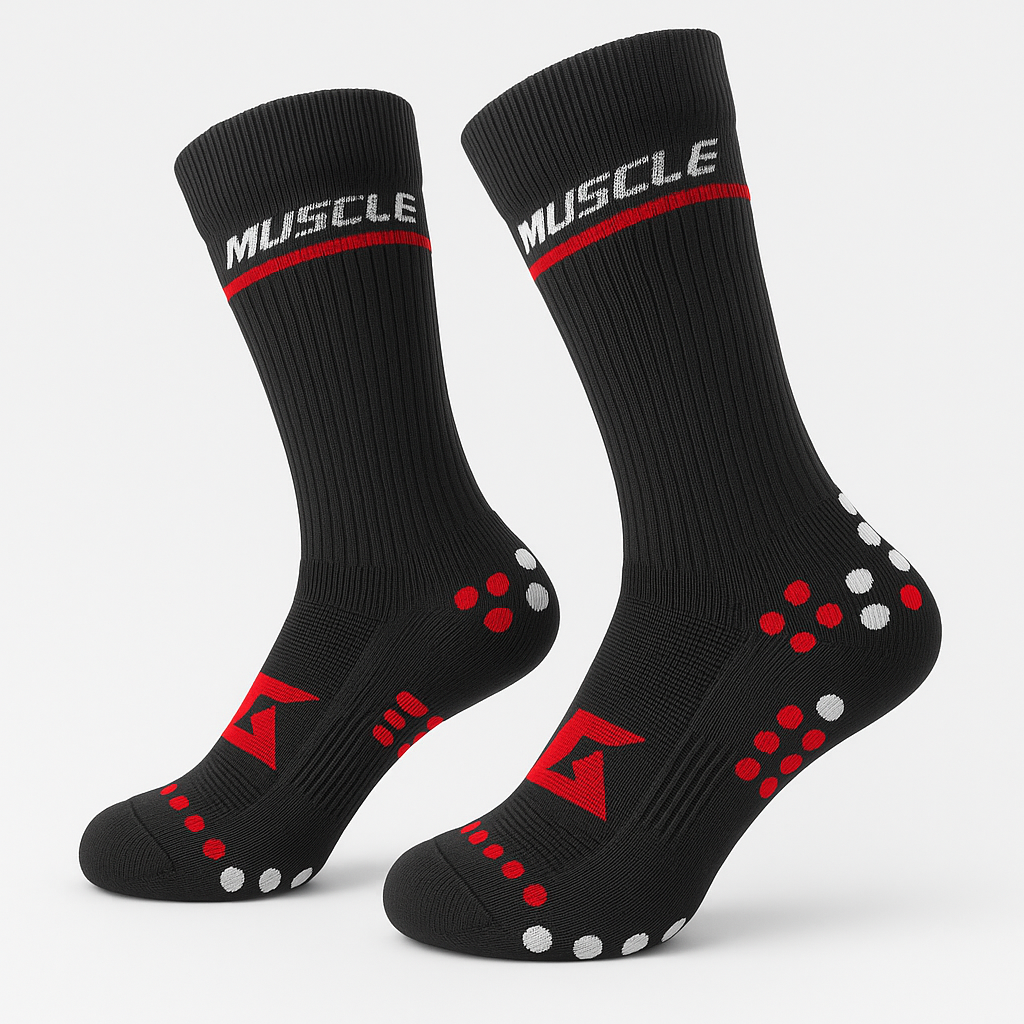

+ There are no comments
Add yours